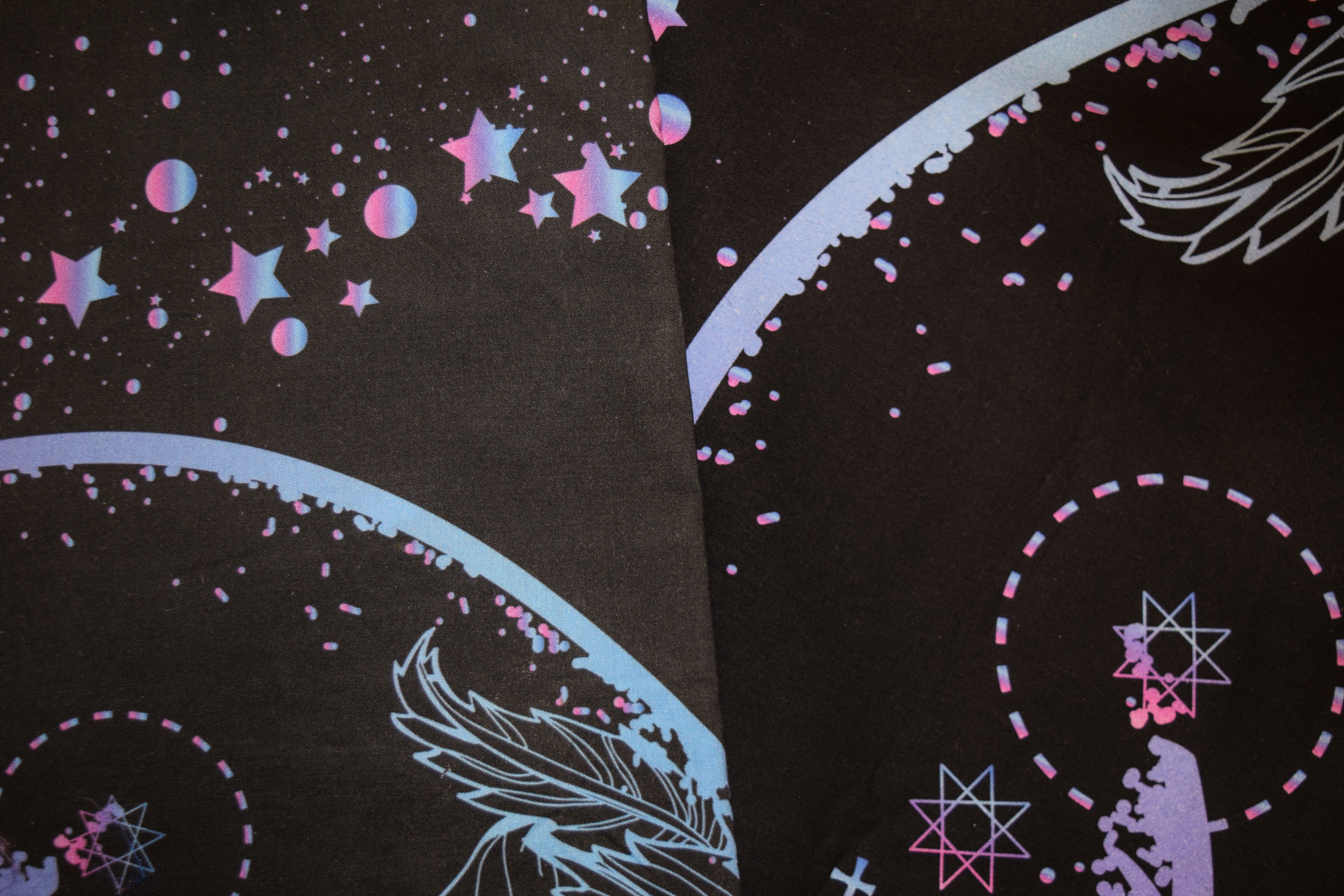Gorgeous and Flowy Silk Scarves have arrived!

We said it before and now we’re saying it again: natural fabrics are here! And they are in high demand. We mentioned in a previous post that we’ve always had a secret love affair with natural fabrics; turns out you all did too and we’re very glad to hear it! Not that we’re opting out of synthetics by any means, because synthetic fabrics are a great option that fill criteria natural fabrics just can’t! But with that in mind, natural fabrics also offer what synthetic fabrics can’t, which is why diversity is the name of the game! One thing we absolutely love about natural fabrics is the luxurious and evocative sensation they tend to give. For example, when I think of linen I think of walking on a white sand beach in a pair of linen pants, gently blowing in a light breeze. When I think of wool I think of standing outside on a cool, foggy day, rugged up in a woolen jacket. Another excellent example of this is silk. When one hears the word “silk” a collection of luxurious images flashes through their mind. Silk is the epitome of natural luxury, and we wanted to bring that luxury to all of you in the form of 100% silk scarves!

Silk is a tricky fabric to print, partly because it’s so delicate and partly - to be honest - because it’s so expensive. Thankfully we have a pretty fool-proof method for printing on this beautiful textile: reactive printing! We’ve talked about reactive a bit already, but just as a recap what reactive means is that a chemical REACTION takes place on the fabric between a specially formulated pretreatment and mega hot steam. This reaction occurs after the textile has been printed on, and it’s what PERMANENTLY sets the colours in place. Reactive printing is the only permanent way of printing on natural fabrics, and also has the added benefit of leaving your fabrics super soft and ready for real life use!

You may have heard of another form of printing on natural fabrics called pigment printing. Unlike reactive ink that penetrates into the fiber cell, pigment printing is a surface print. Pigment inks are a combination of color and glue. After the fabric is printed, the glue is heated and adheres the ink to the surface of the fabric. Since the inks do not transfer into the fabric fibers, the prints are susceptible to cracking, color loss during use and wash, and generally faded colors. The glue used in the inks tends to stiffen your fabric. While pigment printing is an easier process and suitable for low-use projects, the results are uncomparable to reactive prints in terms of vibrancy, softness, and print durability. We have actually tried pigment printing on silk in the past TWICE! We were never ok with the dimished color results so we knew we had to invest in reactive in order to print natural fabrics properly. We hope all of our customers benefit from this new system!
Below is a picture of Pigment printing on the left versus reactive printing on the right. The difference is easy to see!

As mentioned, we’re adding silk scarves to our already comprehensive array of scarf options, with the intent of having a more luxurious though still accessible option. Our scarves will be available in our 8mm 100% silk habotai, which is a lightweight, airy silk, perfect for the scarf-blowing-in-the-wind effect.

We'll be posting lots of production pics on our instagram and facebook in the weeks to come of our new silk printing process. Try designing your first silk scarf or check out more about the features of our silk scarves and print processes!
